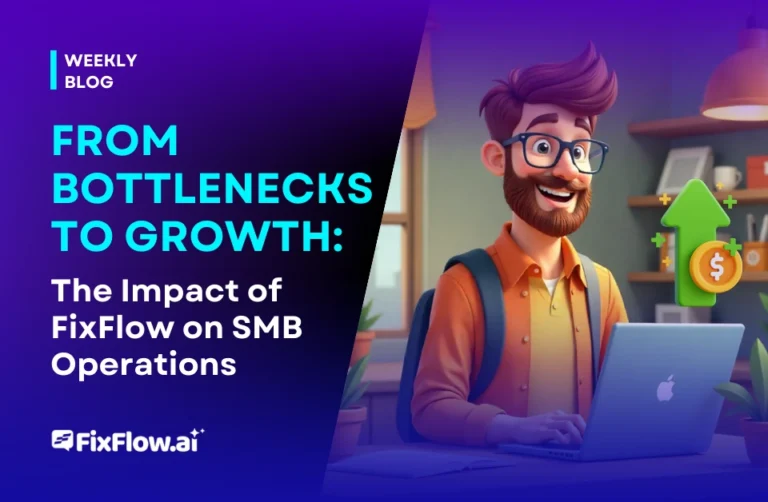Best RepairCoin Mining Strategies for Maximum Rewards
To maximize RepairCoin mining rewards, you’ll want to optimize GPU settings with strategic undervolting and memory overclocking while keeping temperatures below 75°C. Join decentralized mining pools with transparent fee structures, considering PPS for steady income or PPLNS for potentially higher returns. Schedule mining during off-peak electricity hours and implement effective cooling solutions to extend hardware lifespan. These adjustments can substantially boost your profitability, while our detailed guide explores even more advanced techniques.
Optimizing Mining Hardware for RepairCoin
While the choice of hardware forms the foundation of your mining operation, properly configuring that hardware can dramatically improve your RepairCoin mining yields. Start by adjusting your GPU power limits, finding the sweet spot where hash rate remains high but energy consumption drops, boosting overall cryptocurrency mining efficiency.
Monitor and maintain consistent temperatures below 75°C to prevent thermal throttling. Clean dust from components monthly and replace thermal paste every 6-12 months. For energy-efficient mining setups, consider undervolting your GPUs to reduce power consumption without sacrificing significant performance.
Custom BIOS modifications can unleash additional performance, though these carry risks to warranty and stability. Finally, arrange your mining rigs to maximize airflow and consider ambient room temperature control for ideal long-term hardware performance.
Strategic Pool Selection and Reward Algorithms
Once your hardware is optimized, your mining pool selection becomes the next factor that can vastly impact your RepairCoin earnings. Look for decentralized mining pools that offer transparent fee structures and consistent payouts. These pools distribute rewards more equitably while strengthening the network’s resilience.
When evaluating pools, consider their payout methods: PPS (Pay-Per-Share) provides steady income regardless of luck, while PPLNS (Pay-Per-Last-N-Shares) can yield higher returns during lucky streaks. Your crypto mining optimization strategy should account for pool size, larger pools find blocks more frequently but distribute smaller portions, while medium-sized pools balance frequency and reward size.
Don’t overlook ping times and server locations, as latency can considerably reduce your effective hashrate and diminish potential earnings.
Power Management Techniques to Reduce Operating Costs
Since electricity costs typically account for 70-80% of RepairCoin mining expenses, implementing effective power management is essential for long-term profitability. You’ll want to invest in hardware with high efficiency ratings (measured in joules per hash) rather than just raw processing power.
Consider these energy-saving strategies: schedule mining during off-peak electricity hours, utilize smart plugs to monitor consumption, and implement power-limiting settings on your GPUs without markedly impacting hash rates. Effective cooling systems aren’t just about preventing hardware failure; they directly impact your power consumption. Liquid cooling solutions, though initially costlier, can reduce overall energy use by 15-20% compared to traditional fans. Additionally, positioning your mining setup in naturally cooler environments can further decrease cooling requirements and operational costs.
Advanced Overclocking Methods for RepairCoin Hash Rates
How effectively you overclock your mining hardware can vastly increase your RepairCoin yields by 15-30% without proportional power consumption increases. For efficient RepairCoin mining, start by increasing your GPU’s memory clock rather than core clock, as RepairCoin’s algorithm relies heavily on memory performance.
When implementing hardware mining strategies, use MSI Afterburner or similar software to increase the memory clock in 50MHz increments, testing stability after each adjustment. Monitor temperatures closely, keep them below 75°C to prevent throttling and hardware damage.
Undervolting while overclocking creates the sweet spot for efficiency. Reduce core voltage by 50-100mV while maintaining your overclock to decrease power consumption and heat output considerably. Always save stable profiles to revert if instability occurs quickly.
Temperature Control and Cooling Solutions for Extended Equipment Lifespan
Maintaining an ideal temperature for your mining equipment stands as the cornerstone of successful RepairCoin mining operations, especially when you’ve implemented advanced overclocking techniques. Your hardware’s lifespan directly correlates with how effectively you manage heat buildup.
Invest in effective cooling systems like liquid cooling for high-performance rigs or strategically placed case fans for budget setups. Regular hardware maintenance, including monthly dust removal and thermal paste replacement every 6-12 months, prevents overheating and extends component life.
Consider energy-saving strategies like undervolting GPUs during off-peak mining periods or using smart thermostats to regulate ambient temperature. These approaches not only reduce electricity costs but also minimize thermal stress on your equipment, ultimately improving your RepairCoin mining profitability through decreased hardware replacement frequency.
Frequently Asked Questions
How Does Repaircoin Mining Affect My Computer’s Warranty?
Mining RepairCoin may void your computer’s warranty, as it typically causes intensive hardware usage, especially for GPUs and CPUs. You’ll be running components at high loads for extended periods, which manufacturers often consider beyond normal use. Overclocking to increase mining efficiency definitely voids warranties. Check your warranty terms carefully before mining, and consider that heat generation and constant operation accelerate component wear beyond what manufacturers cover.
Can I Mine Repaircoin While Using My Computer for Other Tasks?
Yes, you can mine RepairCoin while using your computer for other tasks. This is called “background mining.” However, you’ll notice reduced performance in both mining and your other activities. Your computer will run hotter and consume more power. For casual mining, it’s feasible, but for serious rewards, dedicated resources work better. Consider adjusting mining intensity settings in your software to balance performance with usability for your other tasks.
How Do Tax Regulations Apply to Repaircoin Mining Income?
Mining income from RepairCoin is typically taxable as ordinary income based on the fair market value when received. You’ll need to track each mining reward and report it on your tax return. Additionally, you might qualify for business deductions for expenses like electricity and equipment depreciation. Tax regulations vary by country, so consult with a tax professional familiar with cryptocurrency to guarantee compliance with your local laws.
What Security Measures Protect My Mining Wallet From Hackers?
To protect your mining wallet from hackers, you’ll need multiple security layers. Always use two-factor authentication, create strong, unique passwords, and store your private keys offline in hardware wallets. Keep your software updated, be wary of phishing attempts, and consider using a VPN when accessing your wallet. Regular backups and cold storage for large amounts are essential. Don’t share wallet details or click suspicious links in crypto-related communications.
How Will Repaircoin Halving Events Affect Mining Profitability?
RepairCoin halving events will temporarily reduce your mining rewards by 50%, drastically impacting short-term profitability. However, these halvings typically increase coin scarcity, potentially driving up value over time. You’ll need to adjust your mining strategy by optimizing efficiency, upgrading hardware, or increasing hashpower to maintain profits. Consider holding mined coins rather than immediately selling, as post-halving price appreciation could offset reduced mining returns.







